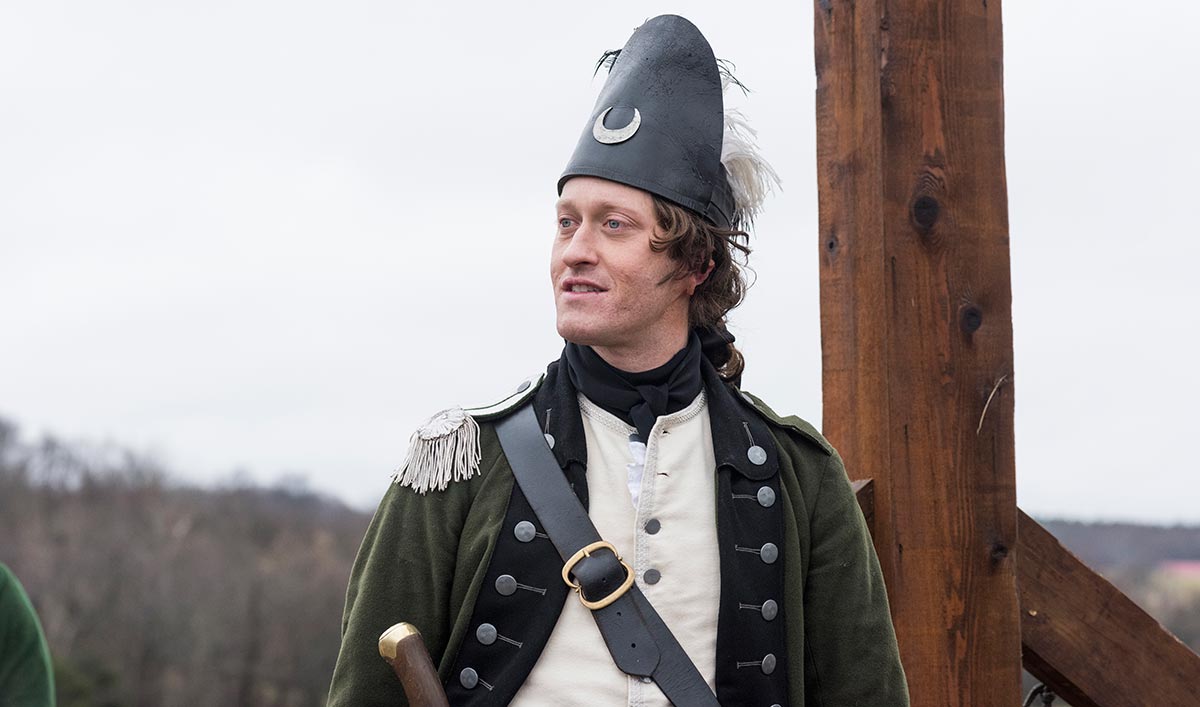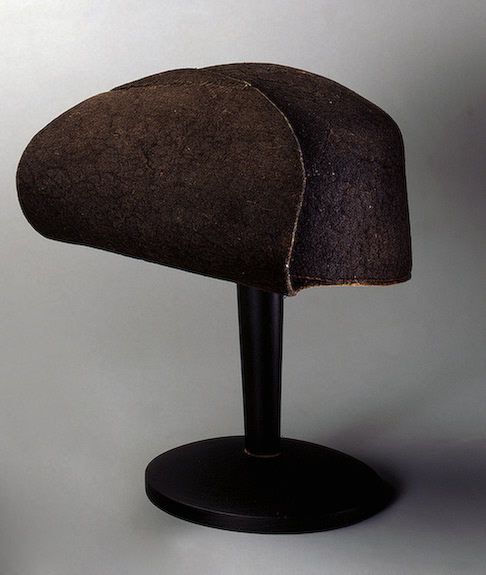- Joined
- May 9, 2005
- Messages
- 1,548
- Reaction score
- 100
Does anyone know of a pattern for the light infantry cap - yes, I know it looks a bit ridiculous - from the F&I war, such as seen in the engraving of him? Although not drawn from life, it does give a decent indication that those caps were fairly widespread.
Link
I know some were leather and others felt. For some reason I've gotten the urge to make a leather one. I was thinking 4 oz. leather; does that sound good?
I know leather was jacked - does this refer to hardening w/ hard water or impregnating with wax? How do I control shrinkage?
Link
I know some were leather and others felt. For some reason I've gotten the urge to make a leather one. I was thinking 4 oz. leather; does that sound good?
I know leather was jacked - does this refer to hardening w/ hard water or impregnating with wax? How do I control shrinkage?




 :grin:
:grin: 

